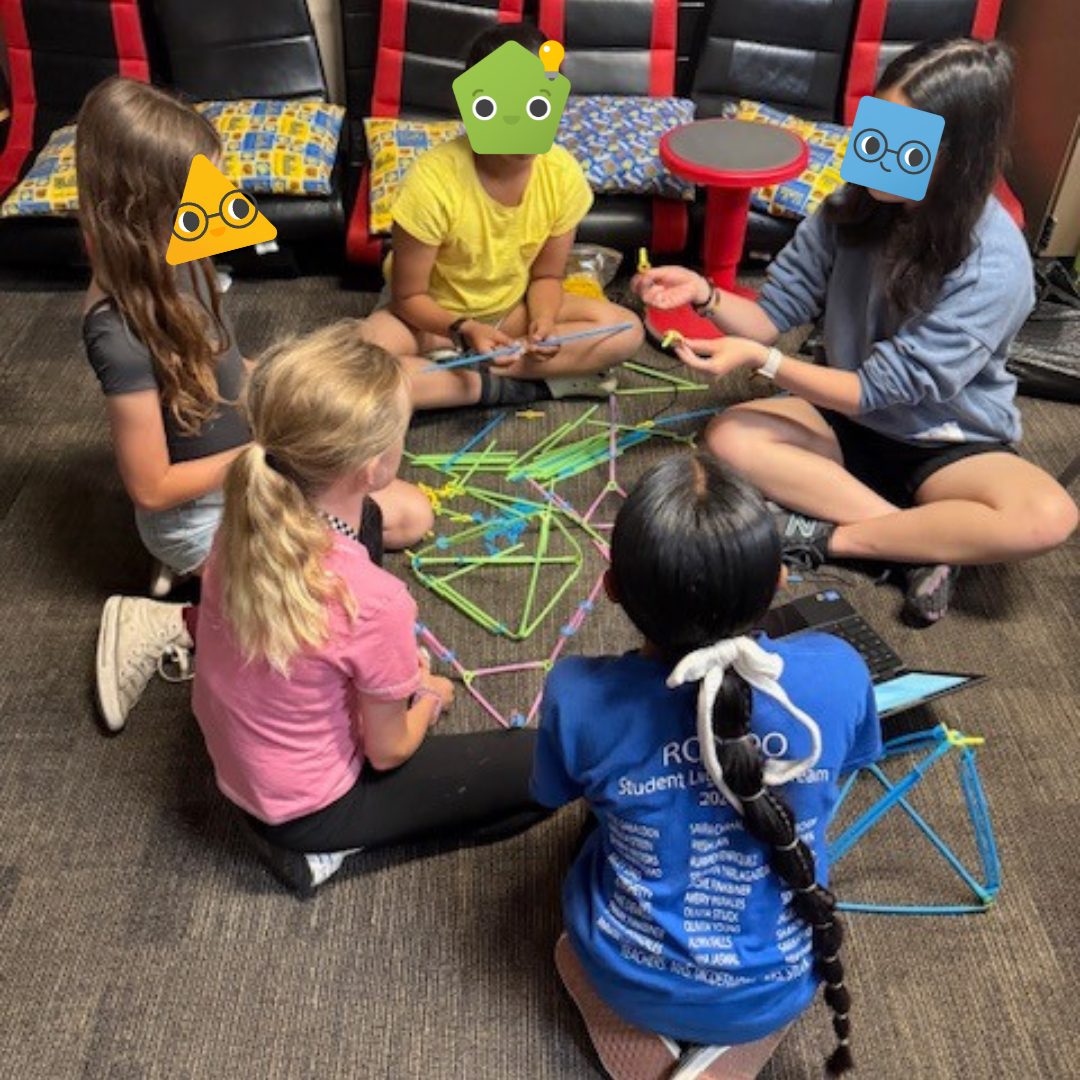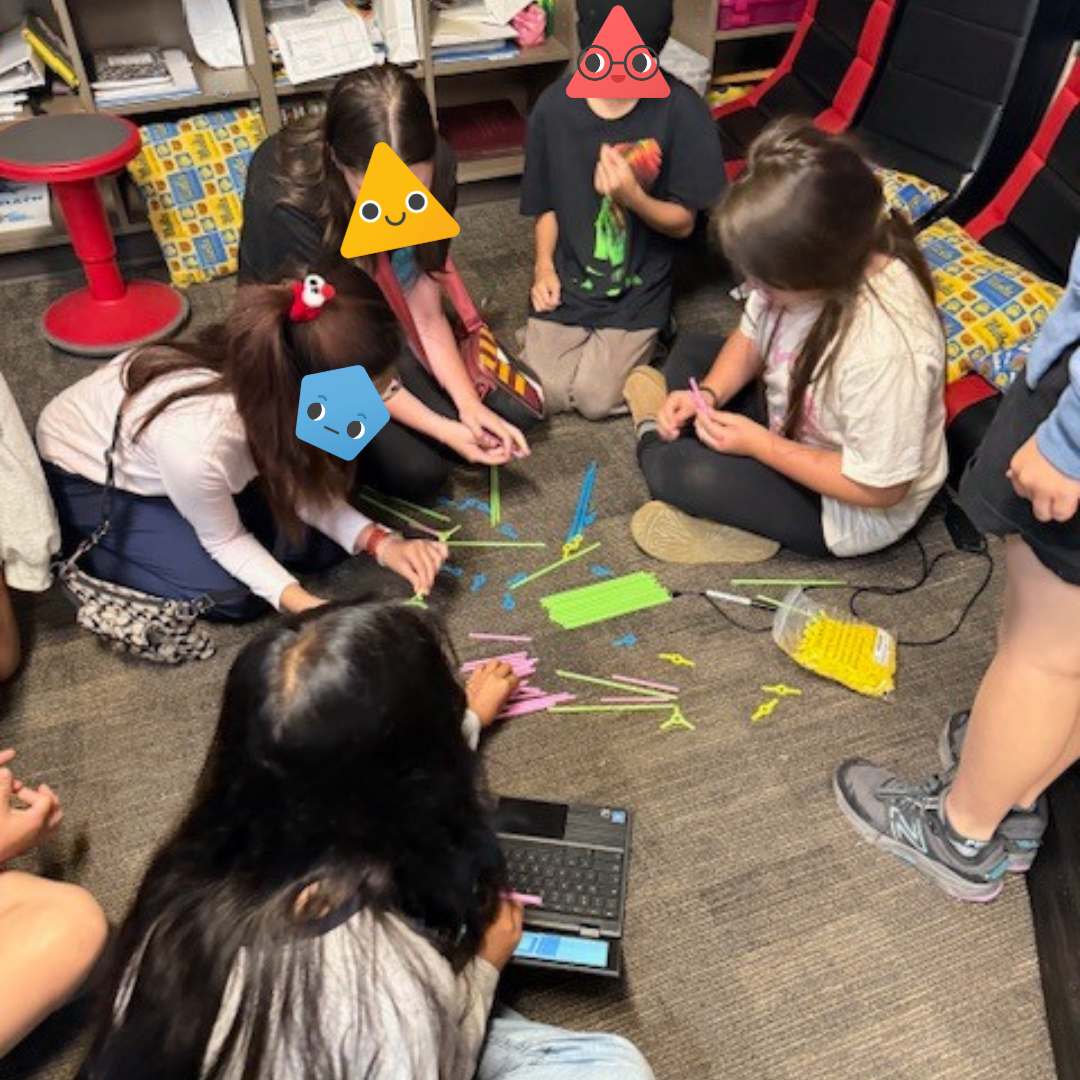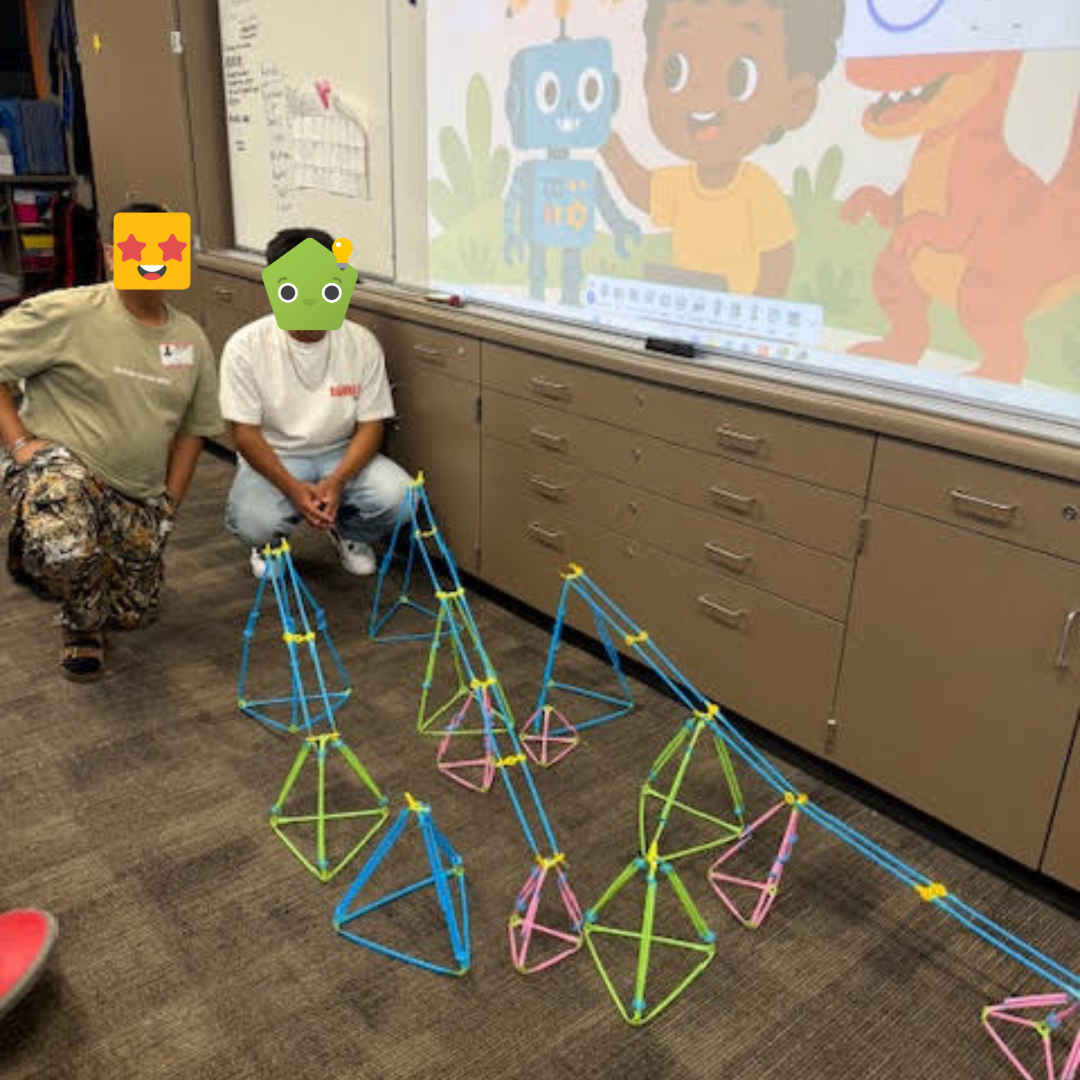
Dismantling Labels with Hands-on STEAM Education
As an elementary school teacher in the Corona Norco Unified District in California, Lisa Moe uses Strawbees and STEAM projects to help her students build confidence, creativity, and real-world problem-solving skills.
From Olympic-themed engineering builds to daily hands-on activities, Lisa empowers every student to become a maker—not just a test-taker.

Lisa Moe
Elementary School Teacher
Corona Norco Unified District
California
Background
Growing up, Lisa was told that she was not “math brained,” that created a negative thought in her head that intimidated her when she approached maths and sciences.
“I’m grateful because now it’s taught me how not to be, as a teacher. My students have also carried these labels growing up of not being ‘math brained’ or not a strong reader or an English learner – as well as students labeled as gifted and have expectations around that.”
She was able to shake off this perception and pursue a degree in cultural anthropology, inspired by a science teacher who taught her how to bring learning to life with hands-on activities, computer science and robotics.
“I am always wondering how we can remove those labels for them and just let them create and innovate as themselves, not by the boxes we’ve put them in. That’s why I love STEAM in general. It allows my kids to persevere through things and it becomes exciting to fail because we go back and try again. That was the language I needed growing up and the culture I wanted to create in my classroom.”

Implementation
Lisa stumbled across Strawbees at a trade fair, drawn in by the active displays at the booth. Having worked with micro:bit for a few years, she was excited to discover it could be paired with Strawbees.
“I just saw something that involved hands-on play and I jumped in and started building myself. I was just like, ‘I need this in my classroom.’”
Teaching from third through sixth grade as well as gifted and talented students, Lisa was always looking for ways to synergize her lessons across grade levels and get kids of all ages engaged in hands-on education. As with most educators, she gets a variety of different kids all with individual needs and interests and all of those have to be addressed in the classroom.
“Too often I see things that are STEAM related or computer science related that only goes to a certain group of students and it’s more of a reward rather than something that could actually unlock something in a student that we didn’t know.”
Outside of daily creative builds, Lisa is excited to implement larger project-based learning where she groups her kids into four main groups, each one representing a different ancient civilization and they do an entire opening ceremony for the first Olympics with the whole school.
Each civilization has to design one focal point to represent their civilization. This year, her students have ancient Rome and they are working towards something that is inspired by the coliseum.
“Our Olympics event is a medieval time style event where all the younger kids are cheering on the civilization of their choice. Other classrooms make flags and there’s even a torch lighting and everything!”

Outcomes
One student in particular was a case that Lisa feels represents the effectiveness of hands-on education. The sixth grader would rush through work, wanting to get it through her work quickly. Her parents were concerned and Lisa found that introducing her to Strawbees, computer science, and coding caused her to slow down in order to make it work.
“All of a sudden I started seeing these skills transfer to other areas for her. Her writing got so much better. She used to rush through checking her writing or ask another classmate to do it for her but now she checks it herself and says she’s ‘debugging’ and I loved that. I love to hear her transfer those STEAM words into her daily life.”
Implementing hands-on activities wasn’t about giving her a carrot or a stick for good or bad behavior, but instead allowed her students to grow the skills that they needed to apply to all areas of education and all subjects and Lisa was thrilled to have that opportunity.
“I see it come out in different ways and it isn’t always the academics. It’s the confidence and the ability to persevere when something isn’t working. They get frustrated but I teach them early on to be mad, get emotional then let it go. We do that together. There’s so many skills that come from this that are important.”
One of the things Lisa wants educators to get behind is letting a little bit of chaos into the classroom because it has benefits.
“I wish more educators and even families would see that it’s not just play. It leads to real skills and those are the things we need, not just textbooks and reading about engineering."
"Let’s get the Strawbees out. Let’s start building. Let’s engineer. Let’s design. Let them keep going and let them see what the outcome is when they are the makers and creators.”


How Lisa Implements STEAM
“I wish more educators and even families would see that it’s not just play. It leads to real skills and those are the things we need, not just textbooks and reading about engineering."
Lisa Moe
Elementary School Teacher, Corona Norco Unified District, California
